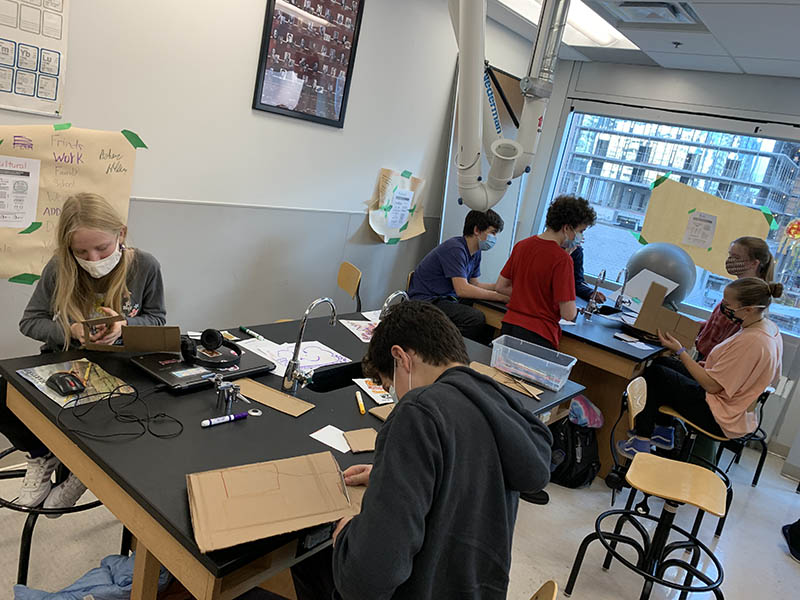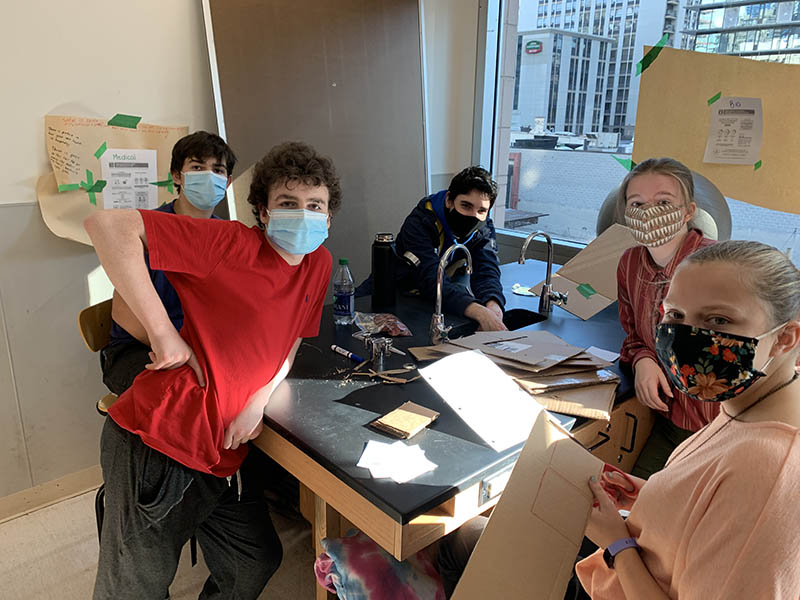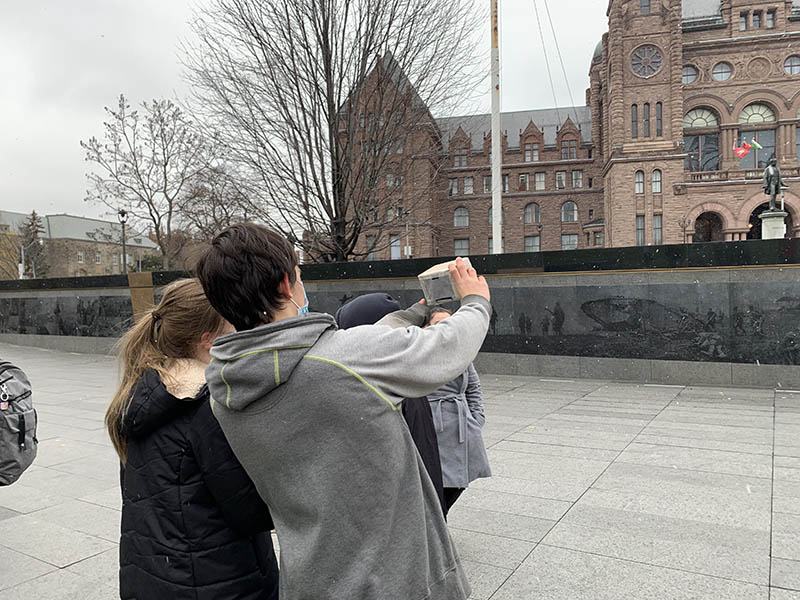In our Biology unit, the grade 10 students spent time learning about the environment and how long certain materials take to decompose. Once they had completed their research, we decided to spread awareness by making a fun 3D display! The students brought in items and worked together to build the display. Most students were shocked by what they had learned, and made Environmental Action Plans to spread awareness and commit to changing something about their lifestyle. Some replacement items included:
While reflecting on what they had learned, this is what they had to say:
“The numbers don’t surprise me but I want to help because a lot of harm can be done by these things in the amount of time that it takes for them to decompose.”
-Jasper G-S“These numbers surprise me a lot! I’ll be able to make adjustments to the products that I will use after learning this. I will start to recycle more.”
-Ryan dV-C“I can’t believe that Aluminum cans take between 80 and 200 years to as long as a million years. I might recycle more.”
-Lex B“Some of these do surprise me because it takes so long to decompose. Some of the ones that surprise me are plastic bags that take 10-1,000 years to decompose. Another one that surprises me is Chewing gum takes 5 YEARS. Candy wrappers take 10 to 20 years. Glass bottles take a million years to decompose or they don’t decompose at all!”
-Claire K“All of these numbers did surprise me because I never knew that it takes that long for things to decompose!!!! I will make adjustments to the products that I use regularly after what I have learned in order to help save our world!!!!! I would also recycle more because it is better for the environment!!!!”
-Melia M“A lot of these numbers surprise me and I will start to make adjustments to the products I use by using more environmentally friendly products and after learning this I will start to recycle more”
-Erin R“There were lots of things that surprised me when I was learning about how long everything would take to decompose. It takes 1000 years for a plastic toothbrush!” -Matthew S
Our class challenges YOU to consider your environmental impact and make sustainable changes!


























